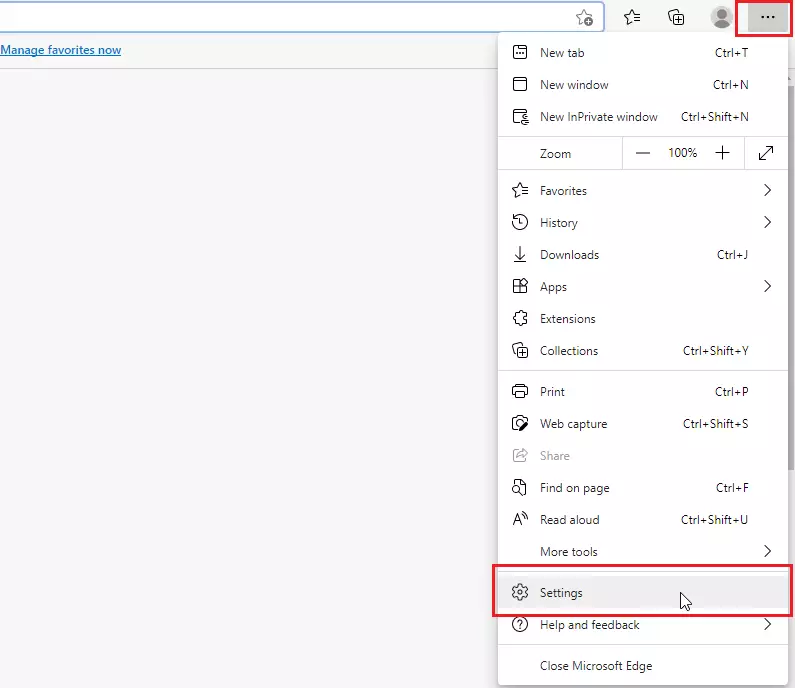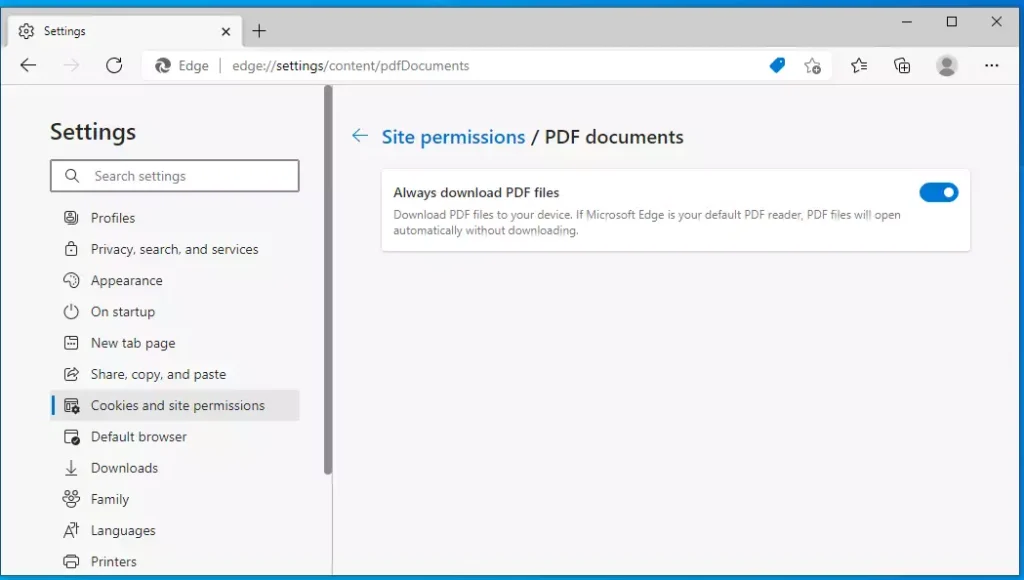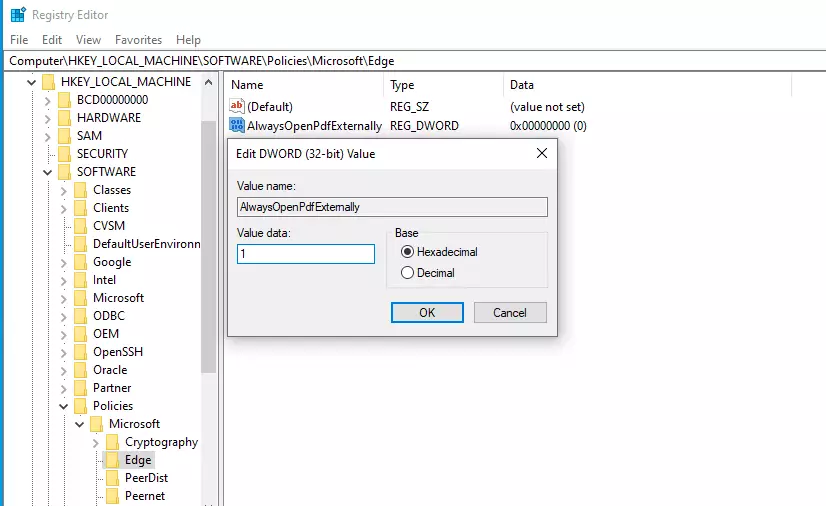This brief tutorial shows students and new users how to disable the internal PDF viewer in Microsoft Edge browser with Windows 10 and always open PDF files externally in Adobe Reader or other PDF applications.
The new Microsoft Edge browser has adopted the Chromium open-source project code base, offering better web compatibility and performance over the legacy Edge.
Microsoft Edge browser is cross-platform and supports all Windows, macOS, and Linux systems. If you’re currently using Edge and want to learn how to disable the internal PDF viewer in Microsoft Edge, the steps below should show you how.
By default, Microsoft Edge uses its internal PDF viewer when dealing with PDF files in the browser. This might work for many, but a few folks might want to use Adobe Reader or other PDF applications for all PDF files.
To get started with opening PDF files externally, follow the steps below:
Open PDF files externally
Microsoft Edge uses its internal PDF viewer to open all PDF files by default. This may be a good feature for personal use; however, this does not work as expected in some business environments, and a dedicated PDF application works excellently.
To turn off PDF files in Edge and use external PDF apps, open the new Microsoft Edge and go to Settings and more > Settings.

When the Settings page opens, go to Cookies and site permissions. Under Site permissions, move the block to enable Edge Always to download PDF files.

Or you can simply type the URL below in Edge browser to go directly to the PDF documents settings.
edge://settings/content/pdfDocuments
Disable Internal PDF viewer via registry
You can also disable Edge internal PDF viewer from the Windows registry.
You can also turn off this feature via the Windows registry if logged in as an administrator. To do that, use the steps below:
Using the Windows registry is one way to force all users on the system to use external PDF applications. There are multiple ways to do this in Windows; however, using the Windows registry is the easiest and most effective way.
To enable, press the Windows Key + R on your keyboard to open the run command box. Or use the search function to search for the Run app.

In the command box, type the commands below and press Enter.
regedit
When the Windows registry opens, navigate to the path below. If you don’t see the Edge key, create one.
HKEY_LOCAL_MACHINE\SOFTWARE\Policies\Microsoft\Edge
From there, right-click on the Edge key and select the New > DWORD (32-bit) Value option to create a REG_DWORD value if you don’t see the existing AlwaysOpenPdfExternally value already created.
If you don’t see the Edge key or folder, create one.

Name the new DWORD value as:
AlwaysOpenPdfExternally
After saving the DWORD above, double-click it to open. Then, enter the value of 0 to disable and 1 to enable.

0 = Force disabled
1 = Force enabled
That should do it.
Conclusion:
- Disabling the internal PDF viewer in Microsoft Edge allows for greater control over how PDF files are opened.
- Using Adobe Reader or other external PDF applications can enhance functionality and user experience, especially in business settings.
- The process can be easily accomplished through Edge settings or the Windows registry.
- Ensuring your settings align with your workflow preferences can improve productivity and efficiency.
- Following the outlined steps allows users to customize their PDF handling for optimal performance.

Leave a Reply to peter forint Cancel reply